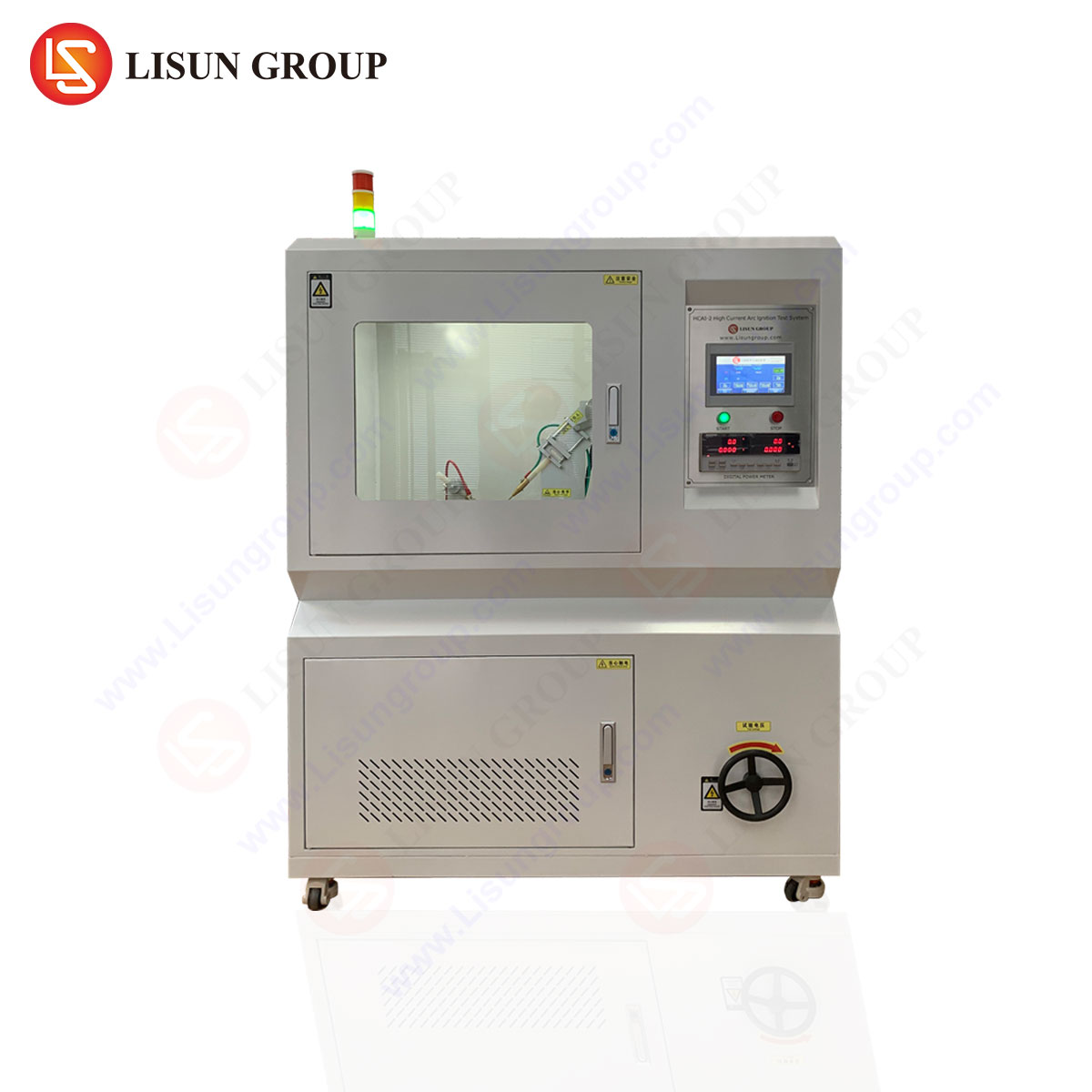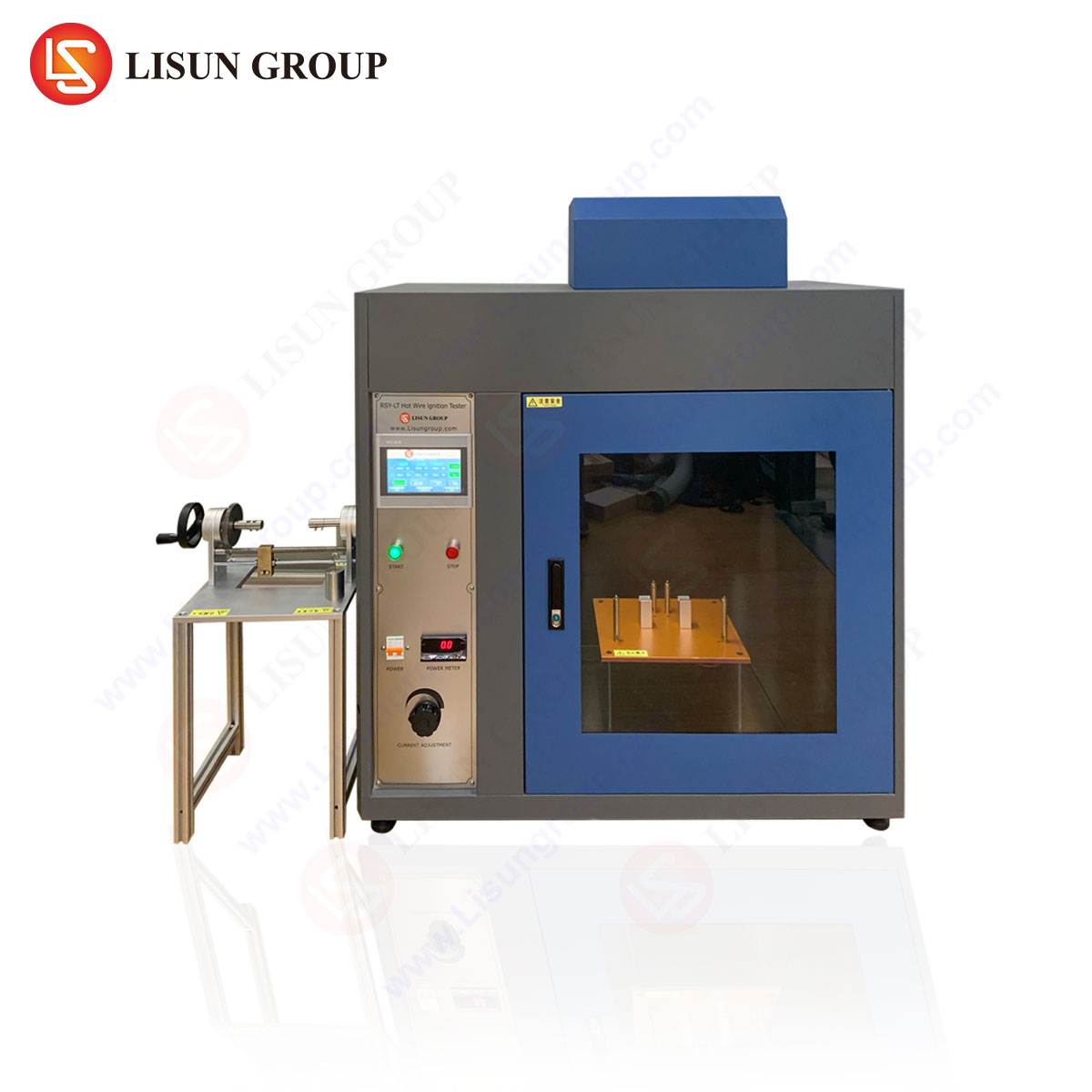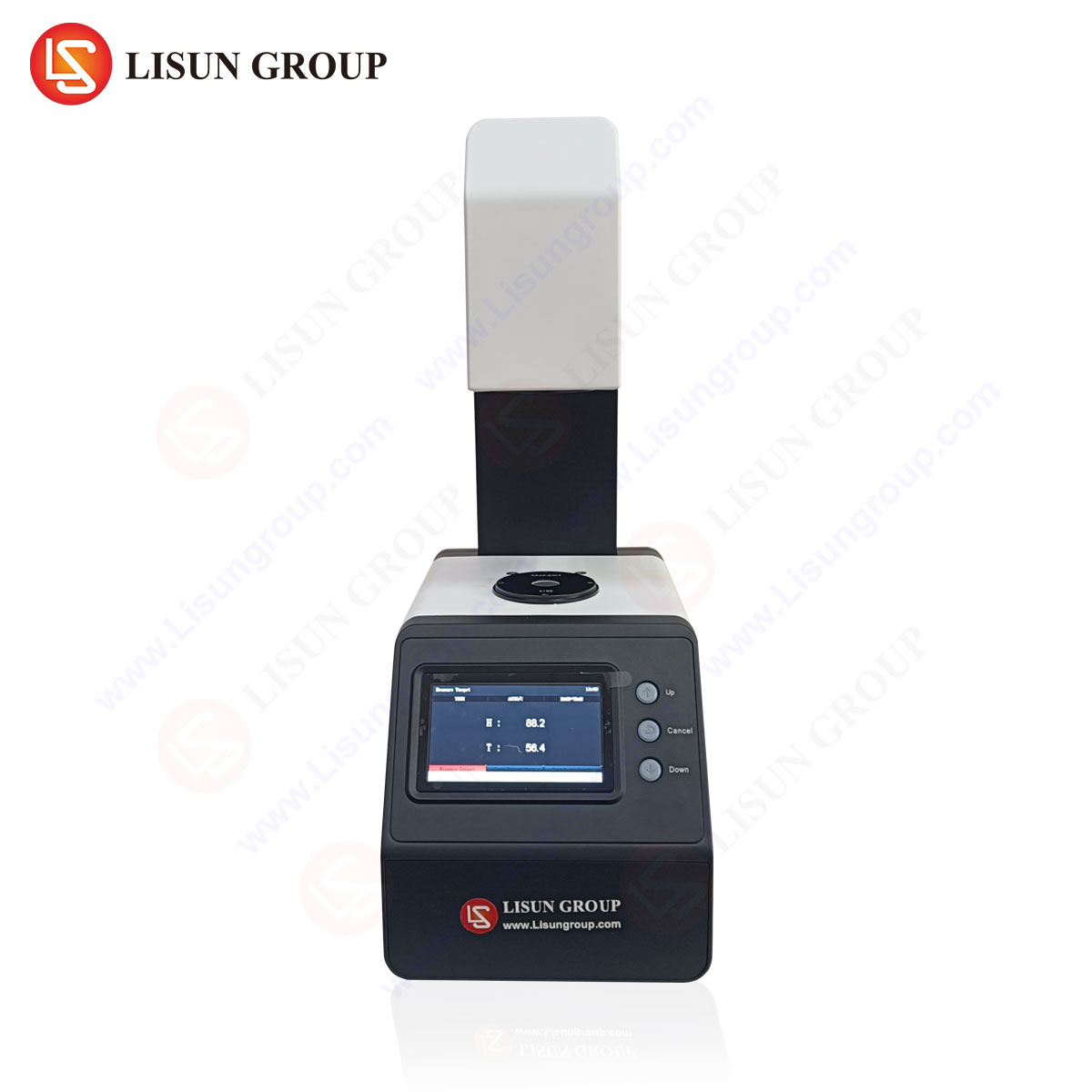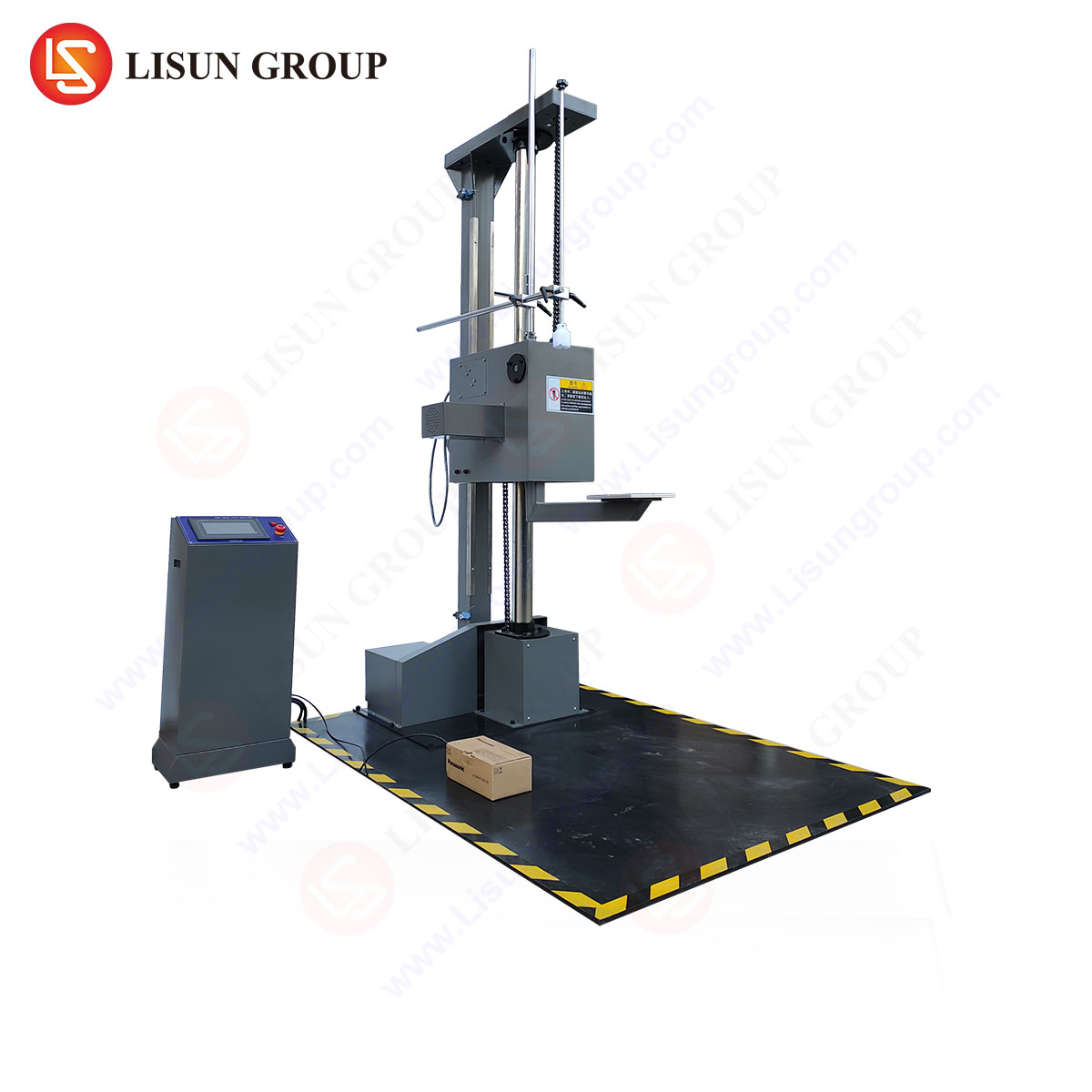Evaluating Fire Safety in Wire and Cable Systems: The UL 2556 Single Cable Flame Test
The proliferation of electrical and electronic equipment across diverse sectors—from household appliances and automotive electronics to aerospace components and medical devices—has elevated the importance of fire safety to a paramount concern. The ignition and propagation of fire along wire and cable systems can lead to catastrophic system failures, property damage, and life-threatening situations. Consequently, rigorous standardized testing is mandated to evaluate the flammability characteristics of these critical components. Among the most significant standards in this domain is the UL 2556 Standard for Safety for Wire and Cable Fire Tests, which incorporates the Single Cable Flame Test. This test provides a quantifiable and reproducible method for assessing the flame resistance and propagation tendencies of a single insulated wire or cable when subjected to a controlled flame source.
The Regulatory Framework and Purpose of UL 2556
UL 2556 serves as a comprehensive umbrella standard that consolidates and references multiple fire test methods previously scattered across various UL standards, such as UL 1581, UL 1666, and UL 1685. Its primary objective is to provide a unified set of procedures for determining the flammability performance of wires and cables. The Single Cable Flame Test, detailed within this standard, is specifically designed to simulate a fire ignition scenario where a single cable is exposed to a flame, allowing evaluators to observe its propensity to ignite, sustain combustion, and propagate flame along its length. Compliance with this test is not merely a regulatory hurdle; it is a critical step in the product development lifecycle, ensuring that materials used in electrical wiring systems within buildings, vehicles, and industrial control systems will not contribute excessively to fire growth in the event of an electrical fault or external fire exposure.
Fundamental Principles of the Single Cable Flame Test Procedure
The test methodology prescribed by UL 2556 for a single cable is a vertical flame test. The apparatus consists of a metal chamber with a specified burner, a sample mounting system, and airflow control to minimize drafts. The test specimen, a length of the wire or cable, is mounted vertically within the chamber. A methane or natural gas burner with a defined flame height and temperature (typically a ¾” (19 mm) blue flame with a nominal 1000°F (540°C) temperature) is applied to the sample at a precise 20-degree angle. The duration of flame application is strictly defined, often for 30 or 60 seconds depending on the specific product category and performance criteria.
Following the removal of the test flame, the key performance metrics are observed and recorded. These include:
- Afterflame Time: The duration for which the specimen continues to flame after the ignition source has been removed.
- Char Length: The distance of damage, evidenced by carbonization, along the length of the specimen from the point of flame application. This is measured by applying a specified force to the damaged insulation to determine the point at which the charred material breaks away.
- Flame Propagation: Observation of whether the flame travels up the length of the cable beyond a specified limit.
The pass/fail criteria are stringent. A sample typically passes if the afterflame time does not exceed 30 seconds and the char length does not extend beyond a specified limit, often 6 inches (152 mm) from the point of flame application. These metrics provide a quantitative assessment of the material’s ability to self-extinguish and resist the spread of flame.
Critical Apparatus for Conformity: The RSB-WC Draht-Kabel-Flammen-Prüfgerät
Accurate and reliable results are wholly dependent on the precision and conformity of the testing equipment. The LISUN RSB-WC Wire Cable Flame Tester is engineered to meet and exceed the exacting specifications outlined in UL 2556 (as well as analogous standards like IEC 60332-1-2 and IEC 60332-2-2). This instrument is designed to eliminate variables and ensure repeatable, auditable testing processes essential for certification bodies and quality assurance laboratories.
The RSB-WC tester features a robust stainless-steel construction with a viewing window of tempered glass, allowing for safe observation of the test process. Its core components are meticulously calibrated:
- Standardized Burner: The Bunsen-type burner provides a consistent and adjustable flame, ensuring the correct 20-degree angle and precise flame height as mandated.
- Specimen Mounting Assembly: A rigid metal support clamp holds the test specimen at the designated 45-degree angle for vertical tests, ensuring consistent and reproducible positioning for every test.
- Airflow System: An integrated draught shield and controlled airflow within the test chamber prevent external air currents from influencing the flame and the burning behavior of the sample, a critical factor for result integrity.
- Calibration and Control System: Advanced digital timers and gas flow controls allow technicians to set and maintain exact flame application times and gas pressure, which are fundamental to test consistency.
The use of such specialized equipment is non-negotiable for manufacturers of telecommunications equipment, automotive electronics, and electrical components seeking UL, VDE, or CSA certification. The RSB-WC tester provides the necessary controlled environment to generate defensible data that validates a product’s safety claims.
Material Science and Performance Considerations
The performance of a wire or cable in the Single Cable Flame Test is predominantly a function of its material composition. Standard thermoplastic compounds like Polyvinyl Chloride (PVC) or Polyethylene (PE) tend to be highly flammable and produce significant dripping of burning material, which can propagate fire to other areas. To achieve compliance, manufacturers employ material science strategies, primarily through compounding with flame retardants.
Flame retardants work through several mechanisms, such as:
- Endothermic Degradation: Compounds like Aluminum Trihydrate (ATH) decompose when heated, absorbing thermal energy and releasing water vapor, which dilutes flammable gases.
- Char Formation: Certain additives, such as nitrogen- or phosphorus-based compounds, promote the formation of a stable, insulating char layer on the polymer surface. This char acts as a barrier, shielding the underlying material from heat and oxygen and preventing the release of additional flammable volatiles.
- Gas Phase Radical Quenching: Halogenated flame retardants release chemical radicals that interfere with the combustion reactions occurring in the flame, effectively snuffing it out.
The development of a cable’s jacket and insulation formulation is a complex balancing act between achieving superior flame retardancy and maintaining other essential properties like flexibility, durability, and electrical characteristics. Testing with an apparatus like the RSB-WC is integral to this R&D process, allowing material scientists to iteratively test and refine their compounds.
Industry-Specific Applications and Compliance Imperatives
The requirement for flame-test-certified cabling permeates nearly every sector reliant on electrical systems.
- Building and Construction: Electrical wiring within walls, ceilings, and risers must prevent the vertical spread of fire between floors. The Single Cable Flame Test is a fundamental screening test for these materials.
- Kfz-Elektronik: The confined space of a vehicle, with its abundance of potential ignition sources and flammable materials, demands cables that are self-extinguishing. Wiring harnesses throughout the vehicle must pass stringent flame tests to ensure passenger safety.
- Aerospace and Aviation: The extreme safety criticality in aircraft design necessitates the highest level of flame resistance for all wiring used in avionics, control systems, and in-cabin equipment. Weight-saving considerations further complicate material selection.
- Household Appliances and Consumer Electronics: Internal wiring in devices such as refrigerators, washing machines, and computers must not propagate a flame from an internal electrical fault to the appliance’s housing or surrounding environment.
- Industrial Control Systems & Telecommunications: Control panels, server racks, and data centers house dense arrays of cabling. Flame-retardant cables are essential to prevent a small electrical fire from cascading into a major incident that causes extensive equipment damage and costly downtime.
- Medizinische Geräte: Equipment used in patient care environments must minimize fire risk to protect vulnerable patients and oxygen-rich atmospheres.
In each case, the UL 2556 test, conducted with reliable equipment, provides the foundational data to prove compliance and ensure safety.
Comparative Advantages of Modern Testing Instrumentation
The LISUN RSB-WC Wire Cable Flame Tester exemplifies the evolution of testing apparatus from simple mechanical setups to sophisticated instruments designed for the modern quality lab. Its advantages are significant when compared to generic or non-compliant setups.
First, its precision engineering ensures strict adherence to the geometric and environmental tolerances required by the standard. This eliminates a primary source of inter-laboratory variation and test invalidation. Second, its durable construction from corrosion-resistant materials guarantees long-term calibration stability, protecting a laboratory’s investment and ensuring consistent results over years of operation. Third, features like the large viewing window Und integrated draught prevention enhance both the safety of the operator and the accuracy of the observations. Finally, its design versatility, allowing for testing in both vertical and configured setups, makes it a adaptable tool for a range of related standards beyond UL 2556, providing excellent value and utility for a testing facility.
For a manufacturer, investing in such a tester is not merely a capital expense; it is an investment in product reliability, regulatory compliance, and brand reputation. It accelerates the R&D cycle by providing fast, accurate feedback on material changes and ensures that production batches continue to meet the required safety benchmarks.
Abschluss
The UL 2556 Single Cable Flame Test represents a critical line of defense in the overarching strategy for fire prevention and safety in electrical systems. Its value lies in its ability to provide a standardized, reproducible, and severe assessment of a fundamental material property: resistance to flame propagation. As technology advances and cables are integrated into ever more demanding and sensitive environments, the role of precise and reliable testing only grows in importance. Utilizing fully compliant, precision apparatus like the LISUN RSB-WC Wire Cable Flame Tester is therefore indispensable for manufacturers committed to engineering safety, achieving global market access, and upholding their duty of care to the end-user.
Häufig gestellte Fragen (FAQ)
Q1: Can the RSB-WC tester be used for standards other than UL 2556?
Yes, the LISUN RSB-WC is a versatile instrument designed to conduct tests in accordance with multiple international standards, including IEC 60332-1-2, IEC 60332-2-2, and other national variants that specify a vertical flame test for a single insulated wire or cable. The apparatus includes the necessary fixtures and calibrations to meet the specific requirements of these standards.
Q2: How often does the testing equipment itself require calibration?
The frequency of calibration depends on usage volume and laboratory quality procedures. However, it is considered best practice to perform a routine calibration check before a critical series of tests or at least annually. Key parameters to calibrate include gas flow rate (to ensure correct flame height and temperature), timer accuracy for flame application duration, and the geometric alignment of the burner and sample holder.
Q3: What is the significance of measuring char length versus afterflame time?
Both metrics provide complementary information. Afterflame time indicates the material’s ability to self-extinguish once the ignition source is removed—a key property for preventing sustained combustion. Char length measures the physical damage and indicates how far the flame propagated and the insulation was degraded, which is critical for understanding the extent of the failure and the potential for the fire to spread to adjacent materials or structures.
Q4: Why is the angle of the burner flame so specifically defined at 20 degrees?
The 20-degree angle is specified to ensure a consistent and repeatable heat transfer and flame impingement pattern onto the test specimen. This precise geometry standardizes the intensity of the thermal challenge presented to the cable sample. Any deviation from this angle could alter the test’s severity, making results less reproducible and comparable across different laboratories and testing sessions.
Q5: For a company new to compliance testing, what is the first step after acquiring the RSB-WC tester?
The first step is to develop a standardized testing procedure (SOP) based strictly on the relevant clause within the UL 2556 standard. This SOP should detail sample preparation, mounting, burner positioning, test execution, and measurement techniques. Personnel must be thoroughly trained on this SOP and the operation of the equipment. Running tests on known reference materials (which either pass or fail conclusively) is an excellent way to validate that both the equipment and the operational procedure are yielding correct and consistent results before testing production samples.






